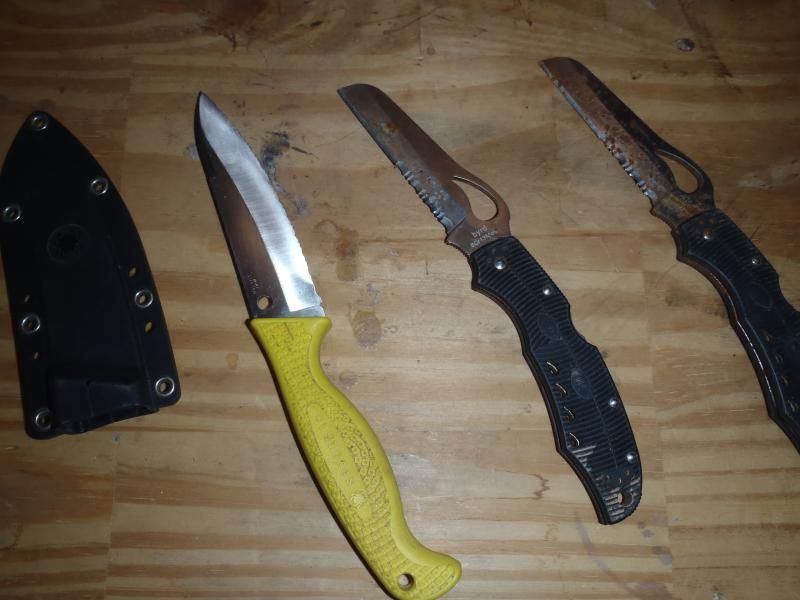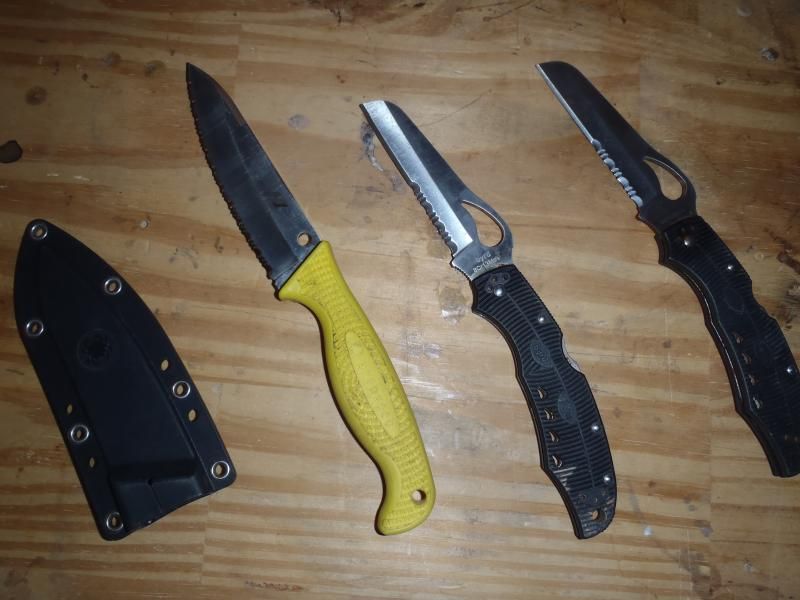G
Guest
Guest
I am somehow anticipating the return of those knives any day now. Or not; I have no idea what Spyderco’s turnaround is on sharpening knives and 3 weeks may be unreasonable. I do expect that winter is their busy sharpening season. And I’m surprised those Byrd’s were included in lifetime sharpening.
I'd be interested in knowing how they sharpen a serrated blade. If all they do is put a bevel on the flat back side, that's not really sharpening the bevels inside the serrations themselves, but it will sharpen the knife overall by grinding off the tops of the serrations from the back. Do this enough times and you have no serrations left, but you will have a sharp knife throughout the knife's life.
It'd inspect the serrations under magnification when the knives come back to see if there are abrasive lines inside the curves of the serrations. That should tell you whether they sharpened the serrations themselves.
Me too, and will do so under magnification. I do really like that early H1 Spyderco fixed blade for general camp use (but not the sheath) and, if they can put an edge on the rusty Cara Caras, I’ll try to take better salt water care of them.
The various knives, axes, hatchets, machetes and sundry odd cutting tool threads have made me realize that we, trippers, constitute a peculiar subset of edged tool aficionados, stretching from survivalists to urban lumbersexuals.
It reminds me of the population at herp shows; tattooed biker dudes, geeky parent’s basement-dwelling snake guys, under-age kids (“How do you think you’re going to hide that from Mom!”), tweed jacket with leather elbow patch professionals and retired professorial types who look like bums. Just a weird span of community.
Maybe all “communities” have their outliers. I’ve never been to a Gun & Knife Show. I should put that on the To Do List.
Pardon the blather, someone is shooting in the distance. Reloading and shooting again, 6 rounds at a time. From the sound I’d say a revolver. An old school man after my own heart.


